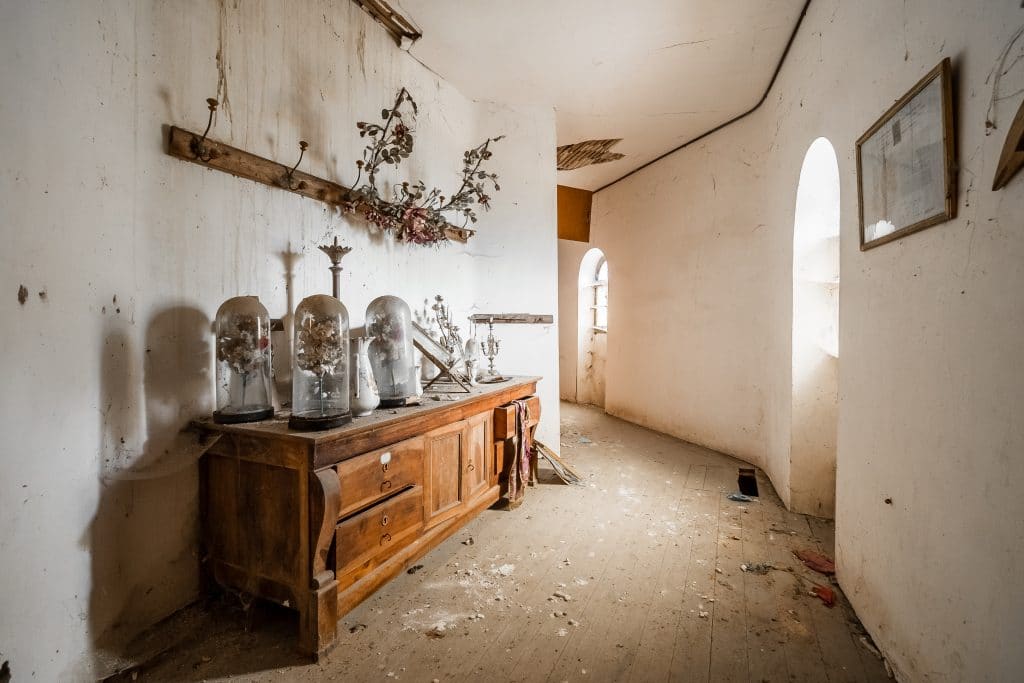You’re happy to tackle a renovation or simply want a bargain buy property. Both of these ideas are great but is a delipidated dump really worth the stress and high costs such homes can bring to your life?
Ramshackle attraction
Despite issues such as rotten floorboards, peeling paint and all manner of structural and other problems, older homes can be very charming. Along with their low cost, it’s hardly surprising that they often attract an extraordinary number of bidders and jaw-dropping prices. If you’ve fallen in love with such a gorgeous ruin, c’est la vie. But as with all things real estate, aim not to have your heart override your head and at the very least, check the following points first before going into the red.
Watch out for…
It may look like just a little peeling paint or water stains – easy and cheap to fix – but it ain’t necessarily so! For a start, all homes not painted regularly are susceptible to damp and decay as the paint thins. Mould and mildew then seep into cracks. In fact, insufficient paintwork and leaking moisture are two of the biggest concerns in older houses. Talking of water, a leafy roof could be the cause of those water stains on the floor. If there are structural, electrical and plumbing problems as well – which are also common – your bargain buy can quickly escalate into something not quite so cash attractive. Other issues to check include dry rot and hazardous building materials such as asbestos while mice, cockroaches and related unwanted visitors will have you calling for a professional fumigation. Last but definitely not least are potential heritage constraints. This can often mean a knockdown rebuild is impossible and it will certainly mean limiting the home’s façade fix-ups.
Check, inspect and call
On a bright note, there might be an easy resolution to the peeling paint or badly maintained floorboards. Some of the repairs needed in older houses can be cheaply cosmetic rather than expensively structural. First and foremost – and as you always should do when considering buying a property – organise a building and pest inspection of the house. Also, bring in a renovation building expert to quote you the cost of recreating the home. Contact your local council to check if it has heritage constraints or similar potential problems regarding development plans for the area.
Financial advice
Don’t be surprised if lenders are wary of handing over costs for a rundown ruin. Charming as your dilapidation may be, lenders will essentially stamp you “high risk” on hearing about it as the risk to them is considerably higher, compared to you buying a modern home needing few, if any, repairs. If the house is valued at less than its purchase price, lenders may be even more wary and you may need to pay lender’s mortgage insurance (LMI). And if the property is uninhabitable, lenders will request you to take out a construction loan while also wanting to look over your building contract, a licensed builder’s payment schedule and council approval evidence.
Is it worth it?
And so, we’re back to our original question: is it worth buying a derelict property? In the end, only you – and your bank account – can answer this. But seriously way up the pros and cons of buying a neglected abode before doing so. If you’ve never “flipped” or renovated before, it may not be wise to buy a derelict house – or at least, to start off with a simpler fixer upper. Good luck!

